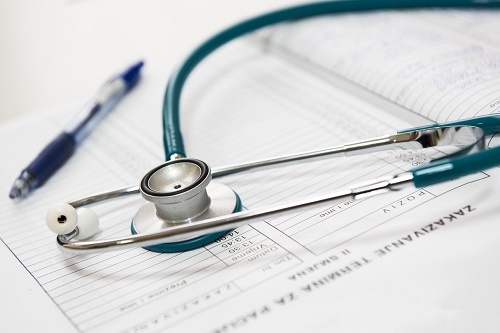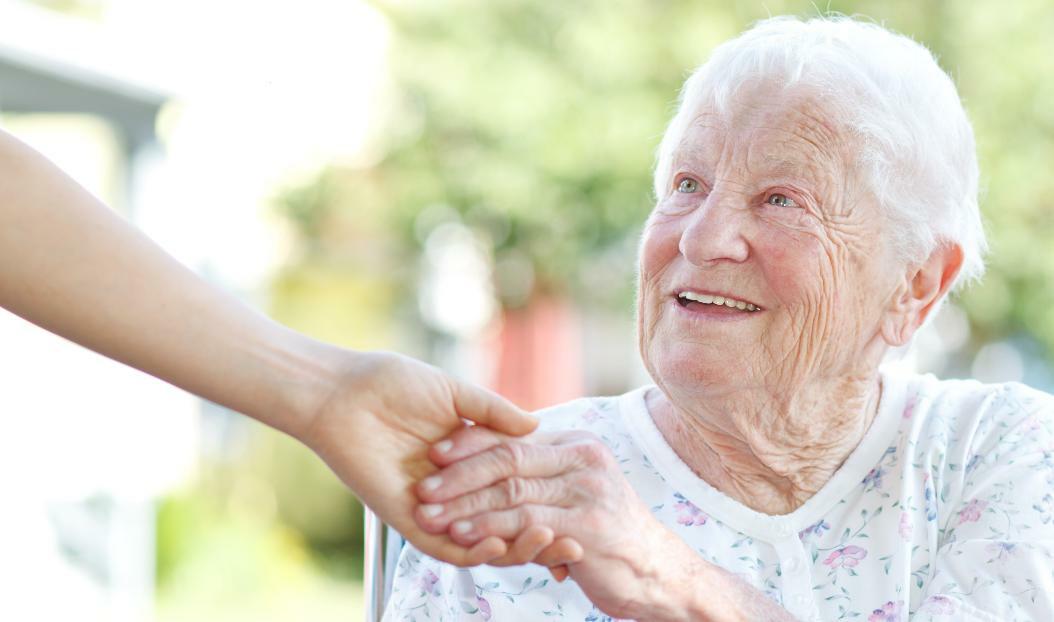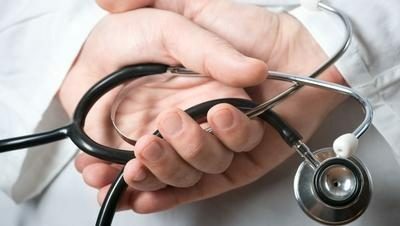 We all want to maintain quality of life as we age. Strong bones are a support frame that enables us to remain active. Building bone is a complex function involving many components. Included here are only a few of numerous nutritional factors, but they are significant ones. Being aware of them will assist in making good dietary choices.
We all want to maintain quality of life as we age. Strong bones are a support frame that enables us to remain active. Building bone is a complex function involving many components. Included here are only a few of numerous nutritional factors, but they are significant ones. Being aware of them will assist in making good dietary choices.
VITAL VITAMIN D
The sunshine vitamin! Did you know that the ability to synthesize vitamin D from the sun decreases with age? Yet, vitamin D is vital to the maintenance of bone health. Your digestive system can’t absorb calcium without it. 1
Many people with osteoporosis have low levels of vitamin D, which is easily detected in a blood test. There is much debate over the normal range and the amount adequate for bone health, which may vary individually. What is agreed upon is the level at which vitamin D becomes toxic: above 150 ng/ml .2
For healthy adults the RDA is 600 IU per day, unless you are over age 70. Then, the RDA is 800 IU3. Your health care practitioner may recommend a higher dosage to increase low levels and monitor to insure you remain within safe limits.
Good food sources include: egg yolk, shrimp, fatty fish (salmon, cod, tuna, etc.)4
VITAMIN K2: THE KEY
Sometimes called the forgotten vitamin, K2 is emerging as a key component of bone growth. Most people are familiar with vitamin K1, known for clotting the blood. Most people are not deficient in K1; however, fat-soluble K2 deficiency has become more common. It is not easily obtained through diet.5
K2 is required to activate osteocalcin6, which has a myriad of benefits, one of which is facilitating incorporation of calcium into the bone matrix. Think of it as bone cement. When vitamin D3 is adequate, K2 will also inhibit bone resorption. You can read more about the benefits of osteocalcin and K2 in these articles:
https://seniordirectory.com/articles/info/what-is-osteocalcin-the-communication-between-brain-and-bones
https://seniordirectory.com/articles/info/how-does-bone-density-correlate-to-heart-health
The result is more bone gained and less bone lost. Vitamin K2 has been found to reduce spinal fractures by 60%, hip fractures by 77% and any non-spinal fractures by 81%. 7
Food Sources: Grass fed meat & dairy sources, egg yolks (from free range chickens) and Natto (most economical and sourced from fermented soy beans).8
WHAT ABOUT CALCIUM?
Your skeleton acts as a storehouse for calcium. It is your parathyroid’s job to monitor the calcium level in the bloodstream and keep it within a very narrow parameter. There are two ways to insure there is enough calcium for this job.
- Calcium Absorbed from Diet
- Directed to bloodstream as needed
- Directed to bones if not needed (or demand is placed on skeletal system)
- Excess excreted (or sometimes deposited elsewhere)
- Calcium Withdrawn from Bones
Calcium from diet is the preferred method. Withdrawal from the bones is a backup system. If necessary, calcium from the bone remodeling process is redirected into the bloodstream. So, consuming enough calcium to reduce withdrawal from bones can have a positive influence on bone retention. At this website you will find a calculator to determine if you are eating enough calcium:
https://www.iofbonehealth.org/calcium-calculator
Consider supplementation only if your diet is insufficient. In excess, supplementation can be harmful. 9
Getting calcium deposited into the bone is more complicated than withdrawal. The process is dependent upon numerous cofactors. Among them are vitamin D, magnesium, vitamin K2, and zinc; also collagen production.10 Both hormonal and mechanical signals are needed to direct calcium to the bone remodeling system. Hormonal signals are at their peak in growing children and adolescents. They also trigger mechanical signals by placing a high demand on the musculoskeletal system through physical activities like running, playing, sports, etc.
Adult bones need high impact activities also, but sufficient impact to trigger bone building can be difficult to achieve safely. Adult bones require such high levels of impact for growth that lifting sufficient weight could lead to injury.11,12
Editor’s Note: By Dee Matchett, Osteogenic Technician, OsteoStrong Farragut
1. Christakos, Sylvia et al. “Vitamin D and intestinal calcium absorption.” Molecular and cellular endocrinology vol. 347,1-2 (2011): 25-9. doi:10.1016/j.mce.2011.05.038
2. Marcinowska-Suchowierska, Ewa et al. “Vitamin D Toxicity-A Clinical Perspective.” Frontiers in endocrinology vol. 9 550. 20 Sep. 2018, doi:10.3389/fendo.2018.00550
3. https://www.mayoclinic.org/drugs-supplements-vitamin-d/art-20363792
4. https://health.gov/dietaryguidelines/2015/guidelines/appendix-12/
5. Vermeer C, Shearer MJ, Zittermann A, et al. Beyond deficiency: potential benefits of increased intakes of vitamin K for bone and vascular health. Eur J Nutr. 2004;43(6):325-335.
6. https://www.todaysdietitian.com/newarchives/060113p54.shtml
7. Cockayne S, Adamson J, Lanham-New S, Shearer MJ, Gilbody S, Torgerson DJ. Vitamin K and the Prevention of Fractures: Systematic Review and Meta-analysis of Randomized Controlled Trials. Arch Intern Med. 2006;166(12):1256–1261. doi:10.1001/archinte.166.12.1256
8. https://www.todaysdietitian.com/newarchives/060113p54.shtml
9. https://www.hopkinsmedicine.org/health/wellness-and-prevention/calcium-supplements-should-you-take-them
10.https://www.nutritionaloutlook.com/jointbone-health/bone-health-cofactors-new-science-vitamin-d-k2-magnesium-and-zinc
11. Deer, et al., Habitual Levels of High, But Not Moderate or Low Impact Activity Are Positively Related to Hip BMD and Geometry: Results From a Population-Based Study of Adolescents. JBMR, Vol. 27, No.
12. Chubak J., Ulrich C. M., Tworoger S. S., et al. Effect of exercise on bone mineral density and lean mass in postmenopausal women. Medicine & Science in Sports & Exercise. 2006;38(7):1236–1244. doi: 10.1249/01.mss.0000227308.11278.d7


Comments